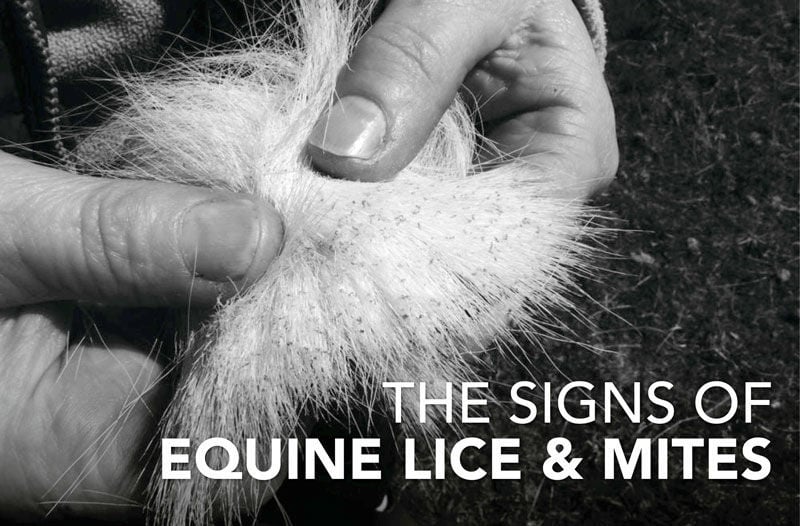A parasite is an organism which lives within or on other organisms, known as the host (a horse in this case) (Reece et al., 2017). External parasites pose a threat to horse health and cause irritation and distress, in fact a severe infestation can also interfere with the horse´s performance and condition (Karasek et al., 2020). Any horse can be infested by parasites, although poorly nourished and those with unkempt coats are more vulnerable (Pooley, 2005). Two common skin parasites affecting horses are lice and mites, especially in the winter, horse´s fluffy coats and their huddling together behaviour seeking warmth, creates the perfect environment for parasites to arise.
What do lice look like?
Lice are small wingless insects with a segmented body which are well adapted for manoeuvring between hair. Adult lice range in sizes from 0.5 – 8mm in length, so although challenging, they can be seen with the naked eye (Williams, 2010; Karasek et al., 2020). Lice spread from direct contact from horse to horse. They can survive off the host for 3 weeks if the conditions are favourable, but generally die off after a week (Bergvall, 2005). Therefore, transmission can occur through brushes, rugs and even through your horse scratching on the same post. Due to their easy transmission, if one horse is infected it is wise to assume the whole herd is infected to.
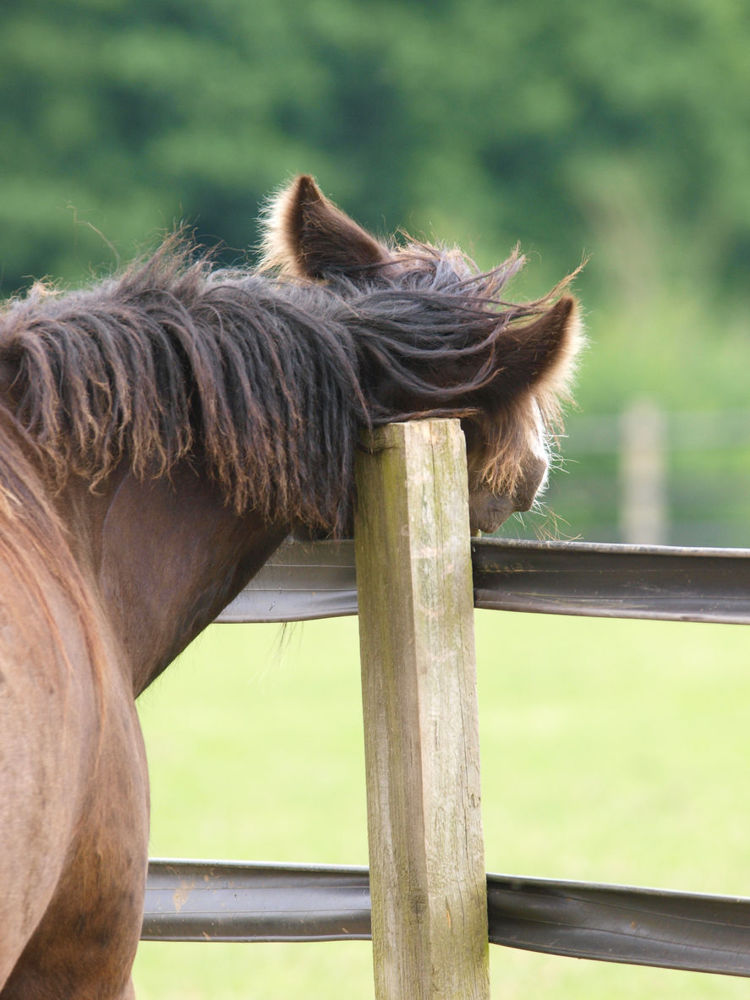
Image 1: Indirect transmission of external parasites can also occur
There are two main species of lice which thrive living on the skin and hair of horses. Although the two species have similar outcomes of producing irritation and itchiness, they are different in appearance and benefit from the horse in different ways, as shown in Table 1. The table also shows the common infestation areas although it must be noted that lice are not limited to these areas and can spread throughout the whole body.
Table 1: Lice type, morphology, feeding behaviour and infestation area (Williams, 2010)
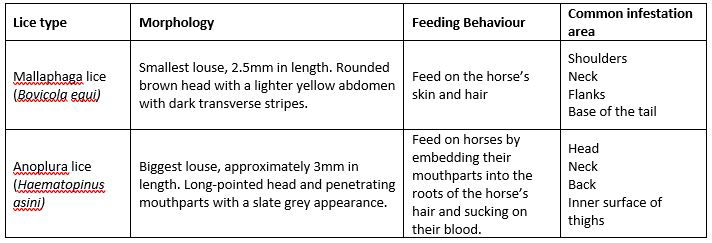
SIGNS OF LICE
Lice generally irritate and annoy horses, similar to the irritation produced by human lice. In response to irritation, horses will rub and bite the respective areas to alleviate themselves, consequently damaging their skin. Moth-eaten/scurfy dull coats as well as sore and bald patches are indicative of a lice infestation (Williams, 2010). Nevertheless, it is important to note that the degree of infestation will significantly determine the clinical signs presented by the horse. Mildly infested equids may appear normal with the odd bald patch or sore. On the other hand, heavily infested horses will have a worse skin condition, lose condition, and become restless due to the continuous irritation. In fact, if infested with Anoplura lice, which feed of your horse’s blood, a severe case can result in your horse developing anaemia (Williams, 2010).
Where to find lice on your horse
As adult lice are just big enough to be identified by the naked eye there are some tips to help with their identification as it can be challenging
- After exercise, when the horse is warm and sweaty, the lice climb out to the surface of the coat making them more identifiable (Bergvall, 2005)
- Brushing areas where the horse has not been able to scratch may reveal lice as they will be dislodged as pressure is applied
- A nit comb similar to the human nit comb can be used to reveal the presence of lice as the fine teeth will extract the lice.
As for lice eggs, they are harder to identify due to their minute size and opaque colour resembling human lice eggs (nits). They can be mistaken for dandruff due to their similar appearance, however, dandruff is flaky and easily removed when touched. On the other hand, lice eggs are tightly bound to the hair shaft where they remain until they hatch making them much harder to remove than dandruff. Generally, if their extraction is difficult, it most likely confirms the presence of lice eggs (Attia, 2018).
As mentioned, lice can be hard to view so if you suspect a lice infestation but cannot visibly identify any, seek veterinarian help. They will be able to take a sample and look under the microscope to identify the parasite.
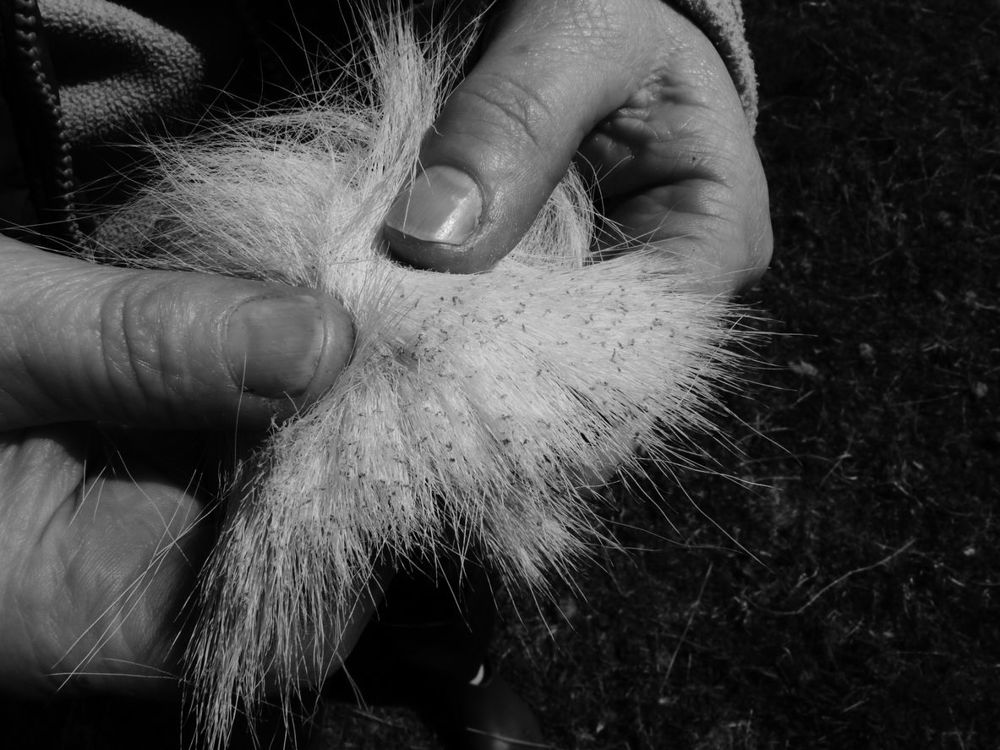
Image 2: Although challenging, lice can be seen by the naked eye
What are mites?
Mites are another common equine skin parasite. They are related to the tick family and are not visible to the naked eye due to their microscopic size. They thrive by their beneficial relationship living within the horse´s skin and hair (Williams, 2010). There are many species of mites which affect horses, but some species are more common than others. Regardless, they all share the main concept of irritating and itching in horses. Furthermore, some horses are asymptomatic carriers of mites and show no signs despite severe infestation whilst others are highly affected by a small infestation (Pilsworth et al., 2010).
Mange is the disease associated with the horse’s skin reaction to mites. Chorioptic mange is common in the UK and is most prevalent in native horses and ponies due to their hairy lower legs. This mange is cause by the Chorioptes equi mite, also known as the itchy leg mite (Pilsworth et al., 2010). Different species of mite exist and are outlined in the table below with their feeding pattern and clinical signs.
Table 2: Mite type, feeding behaviour, infestation area and clinical signs (Polley, 2005; Pilsworth et al., 2010; Williams, 2010)
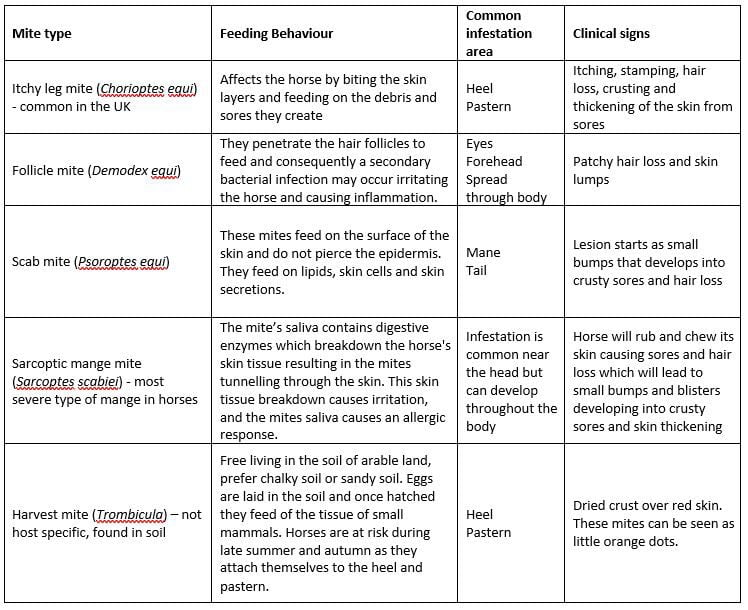
As with lice, mite infestations present similar symptoms of itching and distress when horses are infected with them. As per the table above, the site of infection can be helpful to speculate the species of mite your horse is infected with. Nevertheless, for precise confirmation of mite infestation, the best option would be to call a vet so they can collect a sample and analyse it under the microscope to prescribe the correct effective treatment going forward.
How to treat parasites on your horse
Treatment for lice and mites are similar and involve anti-parasitic treatments as well as managements in grooming and nutrition. On the market there are many treatments available for the specific species your horse is infested with. Nevertheless, when seeking treatment, veterinary advice is recommended when deciding what treatment route and procedure to follow. Generally, recovery from lice and mite infestation is very good with most horses regaining normal hair coat appearance and regrowth of hair.
When treating lice and mites, it is important to note that treatment may kill adults however may not get rid of the eggs (Kaufman et al., 2006). Life cycles vary between species, parasitic mite life cycles can be completed in less than 4 weeks whilst others can be completed within 8 days (Wall et al., 2001). Whereas lice eggs hatch within 4-15 days and adult lice can live for up to 35 days (Durden, 2019). Thus, treatment periods are carried out for longer time frames to allow the eggs to hatch, although this would be specified in the treatment program.
Other ways to support your horse after an infestation
To support your horse through parasitic infestations, skin health support is imperative which can be achieved through nutritional management. Supplements that provide optimum support for skin health and hair growth, are ideal for horses suffering from parasitic infestations or for overall skin and coat health. Linseed oil and Linseed meal provide high levels of Omega-3 fatty acids maintaining coat condition and skin health. The combination of herbs: Burdock root, Clivers, and Nettle, support the horse’s internal systems to help soothe irritated skin from the inside out which can also help alleviate your horse from itching.
A good thorough grooming routine is also essential to keep your horse´s coat and skin in good condition. If your horse is undergoing parasitic treatment due to an infestation, keeping application sites clean is also of upmost importance. Additionally, clipping of the lower legs due to mite infestations, especially the Chirotope equi mite, is of common practice. Although clipping will not directly get rid of the mites, it eases treatment application and aids absorption straight to the surface of the skin. Similarly, if a severe infestation of lice or mites has spread throughout the body, clipping may also be beneficial in those cases.
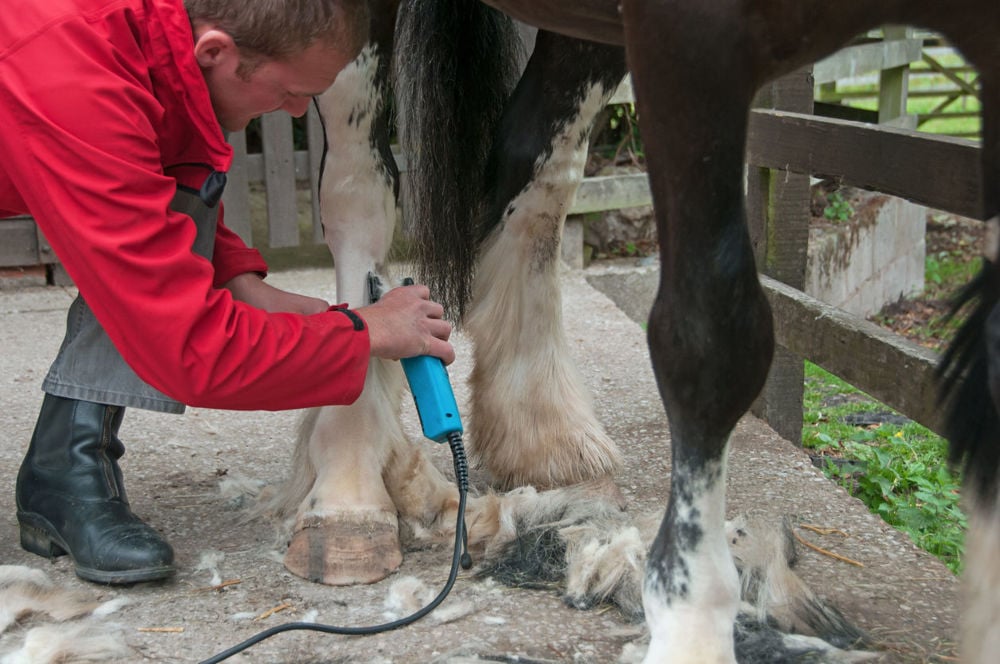
Image 3: Clipping feathers can help manage mite infestations.
Preventing parasites on horses
Parasitic prevention is of upmost importance, do not wait for them to appear when you can help prevent them. A good standard hygiene routine is essential to prevent these parasites from appearing. Such practice involves thorough grooming of your horses’ coat as well as routinely cleaning equipment and disinfecting stables as this will prevent cross contamination. Additionally, if your horse is prone to parasitic infestation and is stabled, pellets or wood shavings as bedding options may be safer than straw beds. Pellets and wood shavings are treated and stored in sealed packaging hence providing a cleaner environment which is thought to decrease the chance of parasitic infestations.
In summary, both lice and mites are similar in the effects they have on horses, as they produce irritation and cause distress resulting in skin lesions. Lice can be identified by the naked eye whereas mites require microscopy identification. Both parasites are worth preventing by maintaining hygienic levels within the yard and by cleaning horse’s equipment thoroughly especially if shared between horses. Nevertheless, these parasites can be treated under veterinarian supervision and dietary supplementation can help soothe irritation and support skin health, keeping horses more comfortable.
Updated from an original article entitled "Equine Lice and Mites: Overview,management and prevention" first published in 2021
REFERENCES
Attia, Marwa. M., (2018) Micromorphological studies of adult stages of Haematopinus asini (Equine sucking lice; Phthiraptera: Haematopinidae) with its eggs from donkeys (Equus asinus). Journal of Entomology and Zoology Studies, 6(2).
Bergvall, K., (2005). Advances in Acquisition, Identification, and Treatment of Equine Ectoparasites. Clinical Techniques in Equine Practice, 4(4).
Durden, Lance, A., (2019). Lice (Phthiraptera). In: Mullen, Gary, R. (eds.). Medical and Veterinary Entomology. 3rd ed. Academic Press: USA
Hibino, S., Hamada, U., Takahashi, H., Watanabe, M., Nozato, N. & Yonei, Y., (2010). Effects of Dried Brewer’s Yeast on Skin and QOL. ANTI-AGING MEDICINE, 7(4).
O'Neill, W., McKee, S., & Clarke, A. F. (2002). Flaxseed (Linum usitatissimum) supplementation associated with reduced skin test lesional area in horses with Culicoides hypersensitivity. Canadian Journal of Veterinary Research, 66(4).
Pilsworth, R., and Knottenbelt, D., (2010). Chorioptic mange, Equine Veterinary Education, 17(3).
Pooley, H. (2005). Conditions and Diseases. In: Beaton, J (eds.). Your horse´s skin. New Era Printing Company Ltd: China
Reece,S., Prior, K. & Mideo,N., (2017). The life and Times of Parasites: Rhythms in Strategies for within-host survival and between-host transmission. Journal of Biological Rhytms, 32(6).
Reilly, J. D., Cottrell, D. F., Martin, R. J., & Cuddeford, D. J. (1998). Effect of supplementary dietary biotin on hoof growth and hoof growth rate in ponies: a controlled trial. Equine Veterinary Journal. (S.26).
Karasek, I., Butler, C., Baynes,R. & Werners, A., (2020). A review on the treatment and control of ectoparasite infestation in equids. Journal of Veterinary Pharmacology and Therapeutics, 43(5).
Kaufman, P., Koehler, P. & Butler, J., (2006). External Parasites on Horses. IFAS Extension, Univeristy of Florida: ENY-283
Wall, Richard. and Shearer, David., (2001). Mites (Acari) In: Veterinary Ectoparasites: Biology, Pathology and Control, 2nd ed. Blackwell Science Ltd: UK
Williams, Ralph, E., (2010). Lice (Order Phythiraptera) and Mites. In: Veterinary Entomology, Livestock and Companion Animals. Taylor and Francis Group: London


